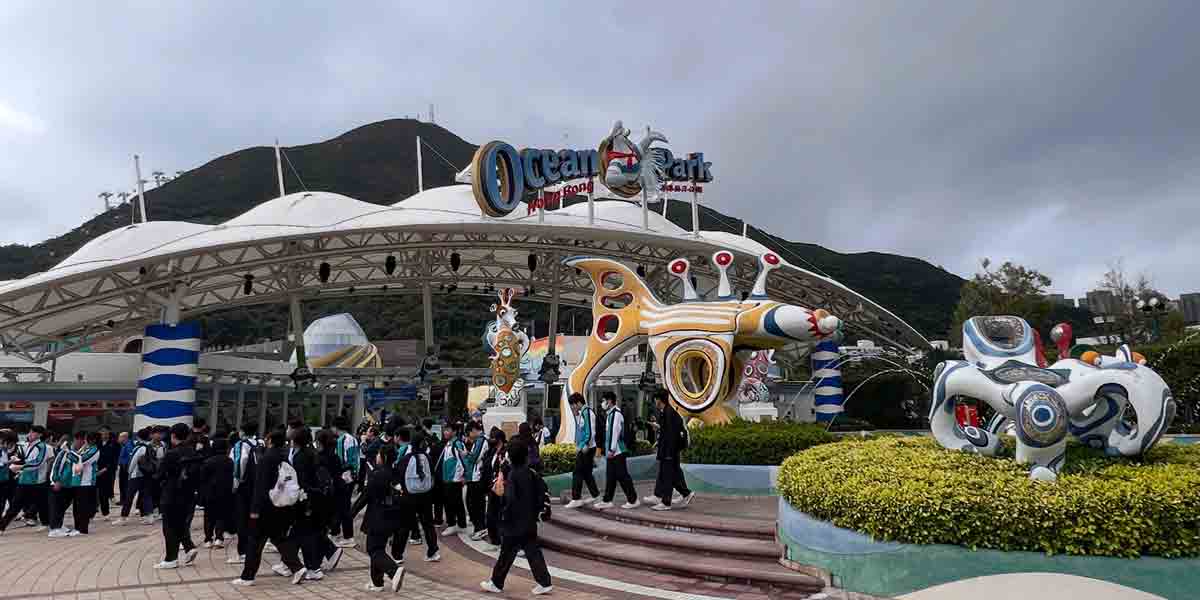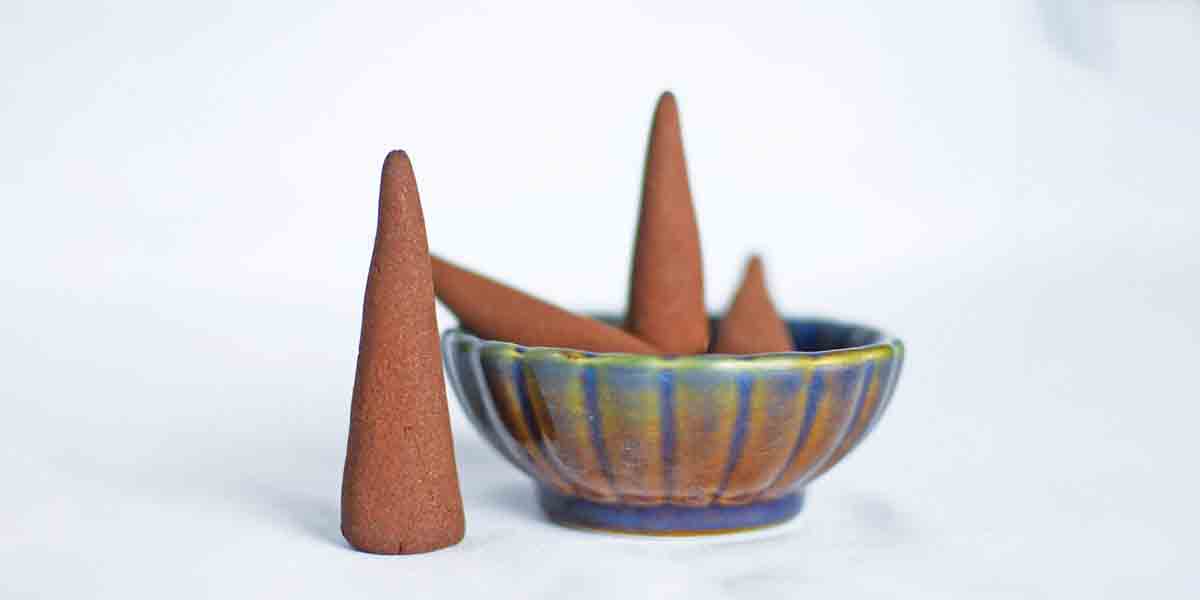Current aquaculture techniques on producing bivalves in the Philippines is mostly focused on farming oysters and mussels with lack of information on the breeding and production of blood cockles (Anadara granosa) also (Tegillarca granosa), locally called as ‘litob’ in Western Visayas.
At present, there is no spawning and hatchery technique for blood cockle production in the Philippines. The project, “Development of spawning and hatchery techniques for the blood cockle (A. granosa) for sustainable aquaculture,” studies the biology, spawning cycles, and environmental ranges of blood cockles to translate these into working technologies for both hatchery and grow-out efforts suitable for the condition in the Philippines.
Led by Dr. Victor Marco Emmanuel N. Ferriols of the University of the Philippines Visayas (UPV), the said project is funded by the Philippine Council for Agriculture, Aquatic and Natural Resources Research and Development of the Department of Science and Technology (DOST-PCAARRD).
The blood cockle is a marine bivalve species found mostly in intertidal or marginally subtidal regions. It thrives in areas with soft substrates such as mudflats adjacent to mangrove forests (Broom 1985). This species is known to have a reddish flesh because of the presence of red blood pigment, hemoglobin, which also aids in their survival in low-oxygen environments (Broom 1985; Mohite and Meshram 2015).
Although blood cockles were found throughout the country, exploitation of this fishery commodity is only limited to the harvesting of wild stocks, mainly for local consumption. These bivalves can demand high prices in East Asian countries and are considered as a high-value seafood in the market. As a proof of its high-value demand, the Noryangjin Fisheries Wholesale Market Cooperative Union (NFWMCU) is interested in exporting these bivalves for the Korean market and is willing to support R&D initiatives to ensure sustainability of this resource.
The ongoing project was recently visited for monitoring and evaluation (M&E) by the Marine Resources Research Division (MRRD) of DOST-PCAARRD headed by Dr. Mari-Ann M. Acedera together with her technical staff.
During the M&E at the UPV-Institute of Aquaculture, Dr. Ferriols presented the accomplishments and the current status of the project, which has successfully mapped sites for the culture beds, generated information on the gonad conditions of brood stock from monthly collections in target sites, and successfully produced approximately 10,000 blood cockle spats ranging from 2.5 – 12mm, which are ready for field release trials. Moreover, Dr. Ferriols presented the first blood cockle hatchery constructed in Kalibo, Aklan, which was supported by GM Fisheries Ltd. Co. of the Republic of Korea.
Part of the M&E was a visit to the Laboratory showing the experimental setups of blood cockles. The project also seeks to contribute S&T-based information towards development of policies and guidelines on implementing ranching techniques in blood cockle fishery in selected sites. (Jepthe Eryl S. Lapitan, DOST-PCAARRD S&T Media Services)

























